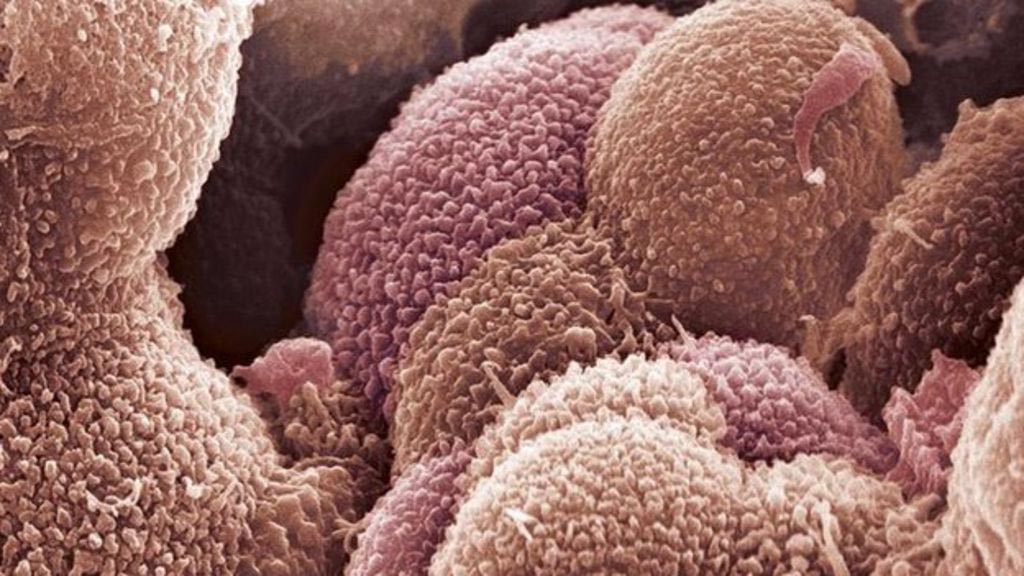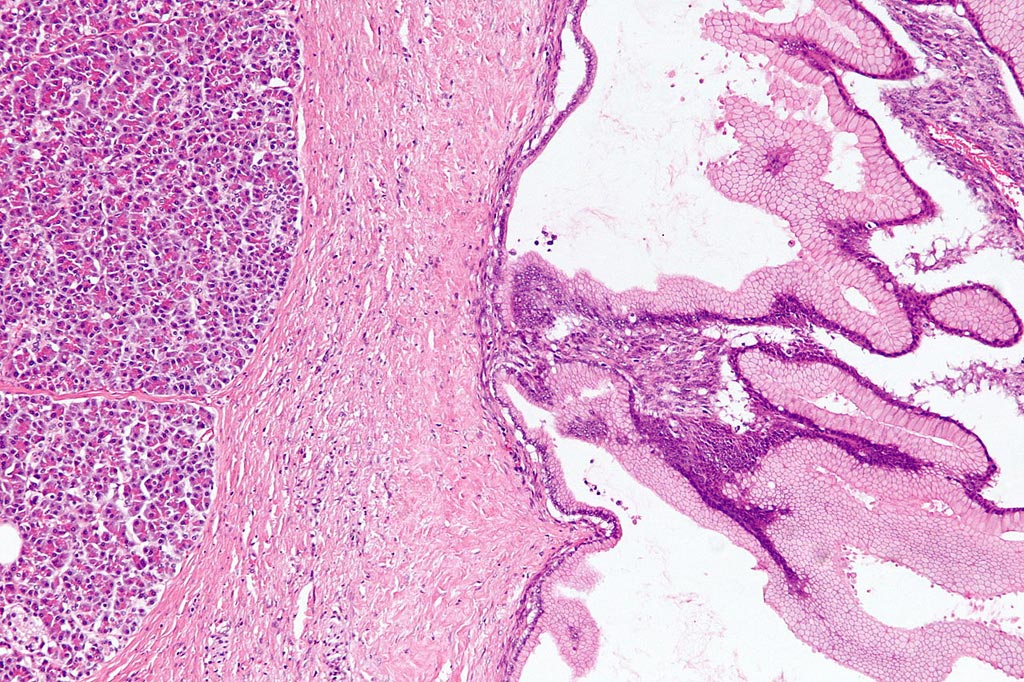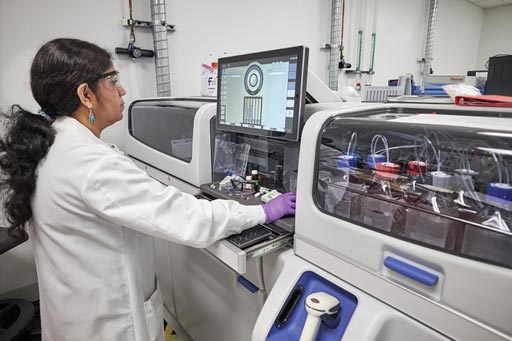Clinical Chemistry

MALDI-TOF-MS Analysis Identifies Ovarian Cancer Patterns
Ovarian cancer (OC) is one of the leading causes of death among all gynecological malignancies and as there are no early specific symptoms, OC is diagnosed in advanced clinical stages in more than 70% cases when, despite appropriate treatment, five-year survival rate drops to 30%. More...18 Jul 2017

Opioid-Related Deaths Possibly Prevented By Gene Testing
More than 17,500 Americans died in 2015 from prescription opioid overdoses, which are more than quadruple the amount of people who died from this cause in 1999, but it is not just abuse of these medications that can lead to overdoses. More...11 Jul 2017


Combined Molecular Test Distinguishes Benign Pancreatic Lesions
When performed in tandem, two molecular biology laboratory tests distinguish, with near certainty, pancreatic lesions that mimic early signs of cancer but are completely benign. Serous cystic neoplasms (SCNs) have no malignant potential, but can mimic the following premalignant mucinous cystic lesions: mucinous cystic neoplasm and intraductal papillary mucinous neoplasm (IPMN). More...05 Jul 2017

Thermo Clinical Analyzer Provides Range of Laboratory Tests
A new mass spectrometry-based clinical analyzer has been introduced marking a potentially significant development in mass spectrometry evolution as a clinical technology. The analyzer brings together the ease of use of clinical analyzers with the selectivity and sensitivity of liquid chromatography-tandem mass spectrometry (LC-MS/MS). More...30 Jun 2017
Amine Biomarkers Identify Risk of Alzheimer's Disease
The identification of novel biomarkers associated with Alzheimer's disease (AD) could provide key biological insights and permit targeted preclinical prevention. Circulating metabolites associated with incident dementia and AD has been investigated using metabolomics. More...30 Jun 2017
In Other News
Blood Test Detects Heart Attack Risk in Lupus Patients
Exhaled Breath Test Discriminates COPD
Lab Evidence Confirms Outbreak of Haff Disease
Enhanced Immunoassay Validated for NGAL
Cholesterol Test May Help Assess Heart Disease Risk
Specific Biomarker Assessed for Cartilage Degradation
Pre-Op Cholesterol Level Predicts RCC Patients Survival
POC Analyzer Compared with HPLC Method
Blood Test Offers Improved Breast Cancer Detection
Cardiac Troponin Test Uses Single Molecule Counting Technology
Thyroid Disorders Affect Circulating TRAIL Levels
Baby Teeth Reveal Association Between Autism and Metals

Vitamin D Assays Compared and Harmonized
Simple Urine Test Helps Patients with COPD
Sensors Developed to Detect Disease Markers in Breath
Simple Blood Tests Improve Hypertension Treatment
Glioma Risk Lower with Elevated Blood Sugar
BK Virus Biomarkers Determined by Urine Samples
New Test May Predict Gestational Diabetes Better
Prognostic Tool Stratifies Risk of Parathyroid Carcinoma
Smart Pills Offer Diagnostic Tool for Gut Disorders
Cardiac Troponin Assay Compared with Existing Tests
Link Discovered Between Strep Infections and Blood Type
The Clinical Chemistry channel updates the reader on tests, techniques, and research in the field - from routine assays to specialized tests on blood, urine, enzymes, lipids, hormones and more.




 assay.jpg)





